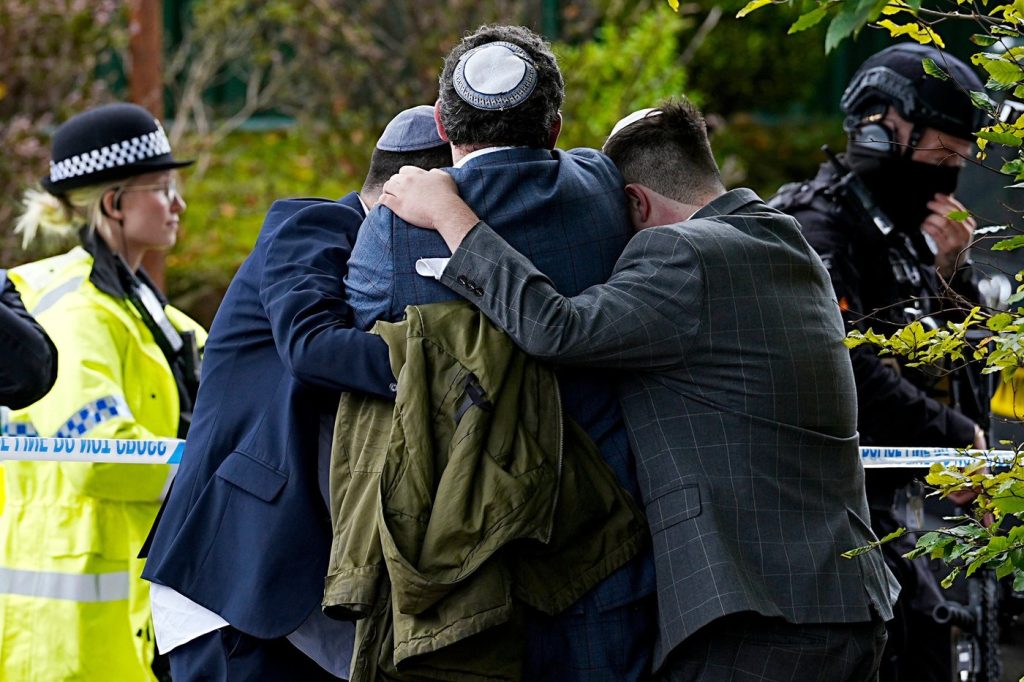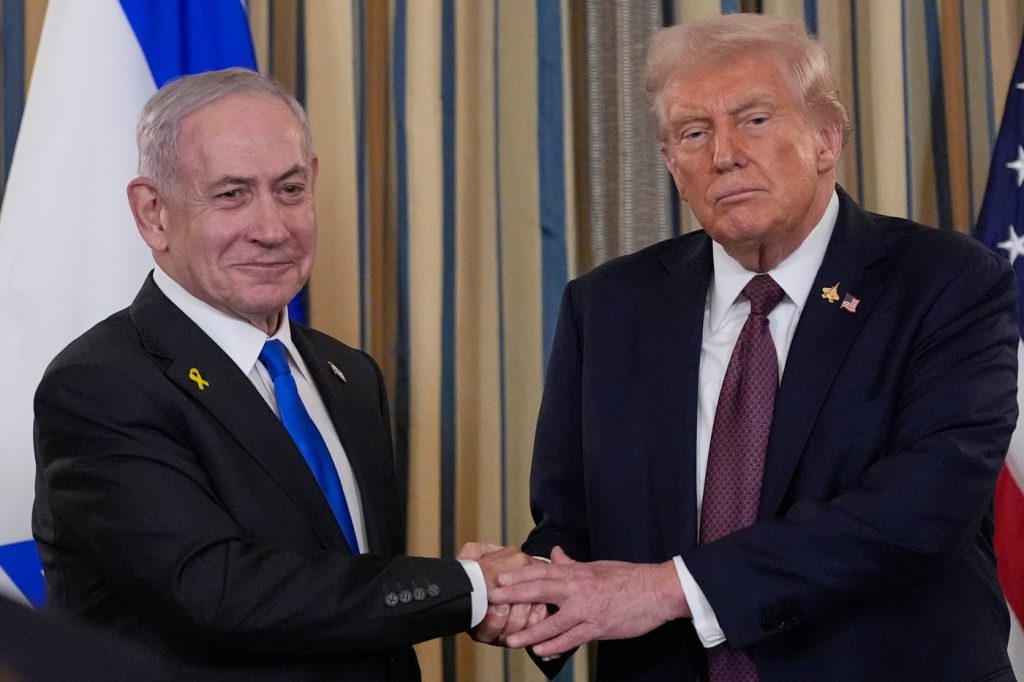CAIRO (AP) – A ceasefire agreement between Israel and Hamas took effect on Friday, marking a significant halt in a two-year war that has devastated the Gaza Strip. This ceasefire was achieved through pressure from the United States, Arab nations, and Turkey, all advocating for an end to the conflict that has resulted in the deaths of tens of thousands of Palestinians and further isolated Israel in the region.
The initial phase of the ceasefire will involve freeing the remaining Israeli hostages held by Hamas in exchange for the release of hundreds of Palestinians imprisoned by Israel. However, lingering questions persist regarding the long-term implications of this agreement.
The conflict began on October 7, 2023, when Hamas militants invaded Israel, resulting in approximately 1,200 deaths and the abduction of 251 individuals. Within the parameters set by the ceasefire, Israeli troops have begun pulling back from various locations in Gaza, including major areas such as Gaza City and Khan Younis, while retaining military presence in other strategic locations.
With the ceasefire now in place, the United Nations has received approval from Israel to commence a scaled-up aid operation in Gaza, with deliveries expected to begin on Sunday. The first major task ahead is for Hamas to begin releasing the remaining 48 hostages, many of whom are believed to still be alive, by Monday. In return, Israel plans to release around 2,000 Palestinians, including those serving prison sentences and others apprehended during the conflict.
An essential aspect of the negotiations revolves around Israel's demand that Hamas disarm completely. The group has historically resisted such demands, citing their right to armed resistance against Israeli occupation. However, reports indicate that Hamas may be open to a “decommissioning” of its offensive weapons through a collaborative process involving Palestinian and Egyptian officials.
In addition to disarmament, the future governance of Gaza represents another critical issue. Israel is focused on eliminating Hamas's influence in the territory while also rejecting any potential role for the Palestinian Authority or arrangements that would pave the way for a Palestinian state. Hamas has indicated a willingness to cede governance to a temporary body of Palestinian technocrats but remains cautious about any governance framework that lacks genuine Palestinian input.
The ceasefire marks the culmination of three days of discussions held in Sharm el-Sheikh, Egypt. The Israeli populace has greeted the agreement with optimism, particularly regarding the release of hostages. However, sentiments among Palestinians are mixed. While there is a sense of relief at the cessation of intense bombardment and the prospect of receiving humanitarian aid, skepticism remains about the longevity of peace efforts and the potential for reconstruction amid widespread devastation.
The current situation necessitates continued international pressure from the U.S. and its allies to prevent any resumption of hostilities. However, if negotiations for a comprehensive agreement falter, Gaza may find itself in a precarious state of limbo. In such a scenario, prolonged Israeli military presence could hinder reconstruction efforts, leaving countless civilians in dire conditions.
Ultimately, the ceasefire opens a path to negotiation, but without trust between the parties involved and a clear plan for the future, achieving a stable and enduring peace remains a complex challenge fraught with uncertainty.












